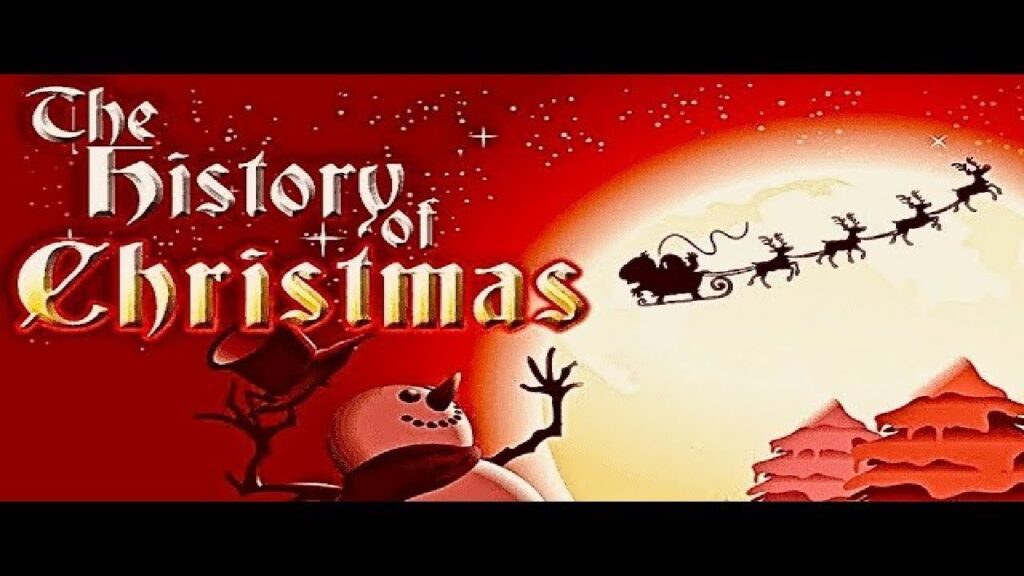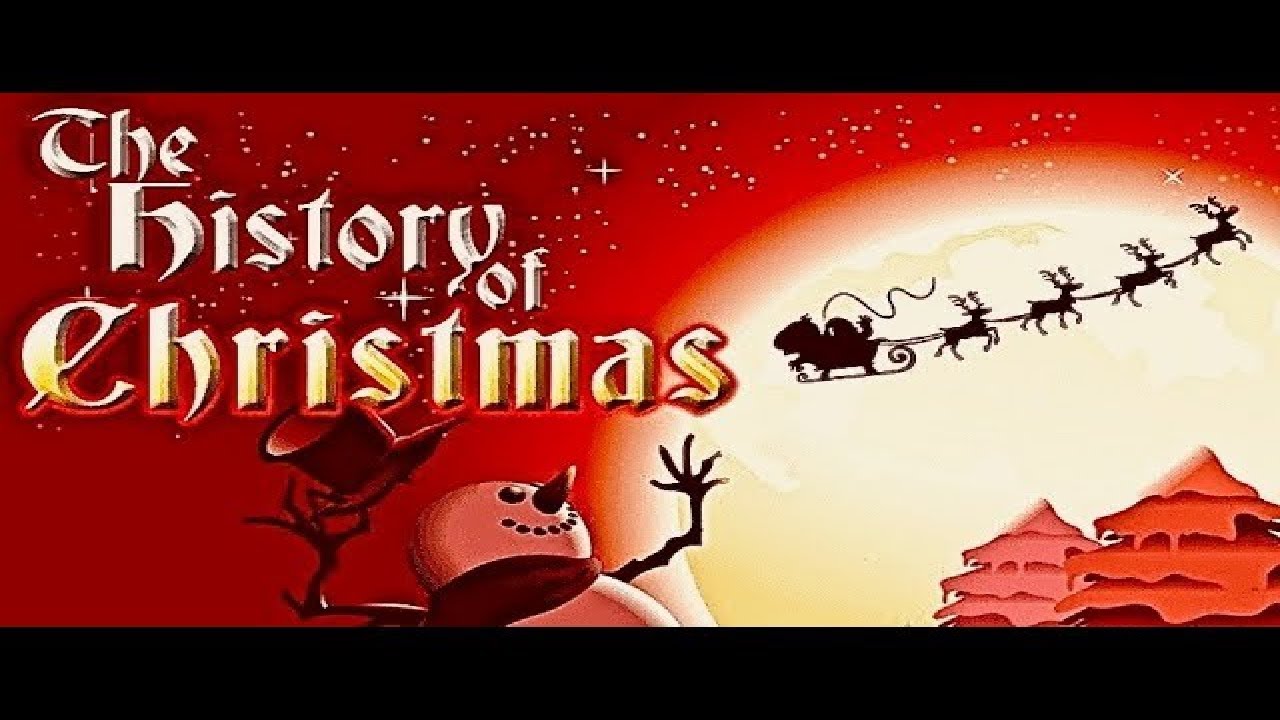
The Real Story of Xmas: Unveiling the History and Traditions
The term “Xmas” is often used interchangeably with Christmas, but what’s the real story of Xmas? Is it merely a secular abbreviation, or does it carry deeper historical and religious significance? This article delves into the origins of Xmas, tracing its evolution from ancient religious practices to modern-day celebrations. We will explore the historical context, the etymology of the term, and the various traditions associated with this globally recognized holiday. Understanding the real story of Xmas provides a richer appreciation for the cultural and religious tapestry it represents.
The Origins of Christmas: A Historical Overview
To understand the real story of Xmas, we must first examine the origins of Christmas itself. Christmas, as a Christian holiday, commemorates the birth of Jesus Christ. However, the date of December 25th was not initially associated with Jesus’ birth. Early Christians did not celebrate birthdays, and there’s no biblical indication of the exact date of Jesus’ birth. The selection of December 25th is believed to be influenced by pre-existing pagan festivals celebrating the winter solstice, such as the Roman festival of Saturnalia and the Germanic Yule. These festivals involved feasting, gift-giving, and the lighting of fires, all elements that have been incorporated into modern Christmas traditions.
The Roman Influence: Saturnalia and Sol Invictus
Saturnalia, a festival honoring the Roman god Saturn, was celebrated from December 17th to 23rd. It was a time of unrestrained revelry, feasting, and role reversals. Slaves were temporarily freed, and social norms were relaxed. The festival of Sol Invictus, celebrating the Unconquered Sun, was held on December 25th, marking the return of longer days after the winter solstice. The adoption of December 25th for Christmas allowed early Christians to assimilate these popular pagan celebrations, making the new religion more accessible and appealing to the Roman population. This blending of traditions is a crucial part of the real story of Xmas.
The Germanic Yule: Fires and Feasts
In Germanic cultures, the Yule festival was celebrated around the winter solstice. It involved the burning of Yule logs, feasting, and honoring ancestral spirits. These traditions also found their way into Christmas celebrations, with the Yule log becoming a symbolic representation of warmth and abundance during the cold winter months. The exchange of gifts, a common practice during Yule, is another element that has been integrated into modern Christmas customs. These pagan influences are essential to understanding the real story of Xmas and its diverse origins.
The Evolution of the Term “Xmas”
The term “Xmas” is often perceived as a modern abbreviation, but its origins can be traced back much further than many realize. The “X” in Xmas is not simply a shorthand; it’s the Greek letter Chi (Χ), which is the first letter of the Greek word for Christ, Χριστός (Christos). Therefore, “Xmas” is a legitimate and historically accurate way to abbreviate Christmas. Understanding this etymology is vital to grasping the real story of Xmas.
Early Christian Usage: The Chi-Rho Symbol
The use of Chi (Χ) to represent Christ dates back to early Christian times. The Chi-Rho symbol (☧), a combination of the Greek letters Chi (Χ) and Rho (Ρ), was one of the earliest Christograms used by Christians. It was famously adopted by Emperor Constantine I as a military standard. The Chi-Rho symbol and the use of Chi to represent Christ demonstrate the historical and religious legitimacy of the “X” in Xmas. This historical context is a significant aspect of the real story of Xmas.
The Development of the Abbreviation: From Religious Symbol to Common Usage
Over time, the use of “X” as an abbreviation for Christ became more common, particularly in writing where space was limited. This abbreviation allowed people to refer to Christmas without explicitly spelling out the full name, making it a convenient and efficient way to communicate. While some may view “Xmas” as a secular or commercialized abbreviation, it’s important to remember its historical roots and its connection to the Greek word for Christ. The evolution of this abbreviation is an interesting part of the real story of Xmas.
Modern Christmas Traditions: A Synthesis of Cultures
Modern Christmas traditions are a blend of religious, cultural, and commercial influences. From decorating Christmas trees to exchanging gifts and singing carols, these customs have evolved over centuries, incorporating elements from various cultures and historical periods. Understanding the origins of these traditions provides a deeper appreciation for the real story of Xmas and its multifaceted nature.
The Christmas Tree: From Pagan Symbol to Christian Icon
The Christmas tree, a central symbol of modern Christmas celebrations, has its roots in pagan traditions. Evergreen trees were seen as symbols of life and rebirth during the winter solstice. In the 16th century, Germans began decorating trees with candles and ornaments. The tradition spread to other parts of Europe and eventually to the United States. The Christmas tree has become a symbol of hope, joy, and the spirit of the season. Its evolution from a pagan symbol to a Christian icon is a fascinating aspect of the real story of Xmas.
Gift-Giving: A Reflection of the Magi’s Gifts
The tradition of gift-giving during Christmas is often associated with the gifts given to Jesus by the Magi (Wise Men) in the biblical story. The Magi brought gifts of gold, frankincense, and myrrh, symbolizing Jesus’ royalty, divinity, and future sacrifice. Gift-giving has become a central part of Christmas celebrations, representing generosity, love, and the spirit of giving. While the commercialization of gift-giving is often criticized, the underlying principle of generosity remains a core element of the real story of Xmas.
Christmas Carols: Spreading the Message of Peace and Joy
Christmas carols, songs celebrating the birth of Jesus, have been sung for centuries. These carols often convey messages of peace, joy, and goodwill. Many popular Christmas carols have their origins in medieval hymns and folk songs. Singing carols is a cherished Christmas tradition, bringing communities together and spreading the spirit of the season. The history and evolution of Christmas carols are an integral part of the real story of Xmas.
The Commercialization of Christmas: A Modern Dilemma
The commercialization of Christmas has become a significant aspect of modern society. The holiday season is often associated with excessive spending, consumerism, and the pressure to buy the perfect gifts. While the economic impact of Christmas is undeniable, many argue that the commercialization of the holiday has overshadowed its religious and cultural significance. Understanding this dilemma is crucial to the real story of Xmas.
The Impact of Advertising and Marketing
Advertising and marketing play a significant role in shaping consumer behavior during the Christmas season. Companies spend billions of dollars on advertising campaigns to promote their products and encourage consumers to spend money. This constant barrage of advertising can create a sense of pressure and anxiety, leading people to feel obligated to buy more than they can afford. The influence of advertising is a key factor in the commercialization of the holiday. This influence greatly impacts the real story of Xmas as it is perceived today.
Finding Balance: Reclaiming the True Meaning of Christmas
Despite the commercial pressures, many people are seeking to reclaim the true meaning of Christmas. This involves focusing on spending time with loved ones, engaging in acts of kindness and generosity, and reflecting on the religious and spiritual significance of the holiday. By prioritizing relationships and values over material possessions, individuals can find a more meaningful and fulfilling Christmas experience. Reclaiming the true meaning is essential to understanding the full real story of Xmas.
Conclusion: The Enduring Significance of Xmas
The real story of Xmas is a complex and multifaceted narrative, encompassing religious, cultural, and historical elements. From its origins in pagan festivals to its evolution as a Christian holiday and its modern-day commercialization, Christmas has undergone significant transformations over the centuries. Understanding the history, etymology, and traditions associated with Xmas provides a richer appreciation for its enduring significance. Whether you refer to it as Christmas or Xmas, the holiday continues to be a time of celebration, reflection, and connection for people around the world. The real story of Xmas is one of adaptation, assimilation, and the enduring human desire to celebrate hope, joy, and goodwill.
[See also: The History of Christmas Trees]
[See also: Christmas Traditions Around the World]
[See also: The Meaning of Christmas Carols]
[See also: The Commercialization of Holidays]

